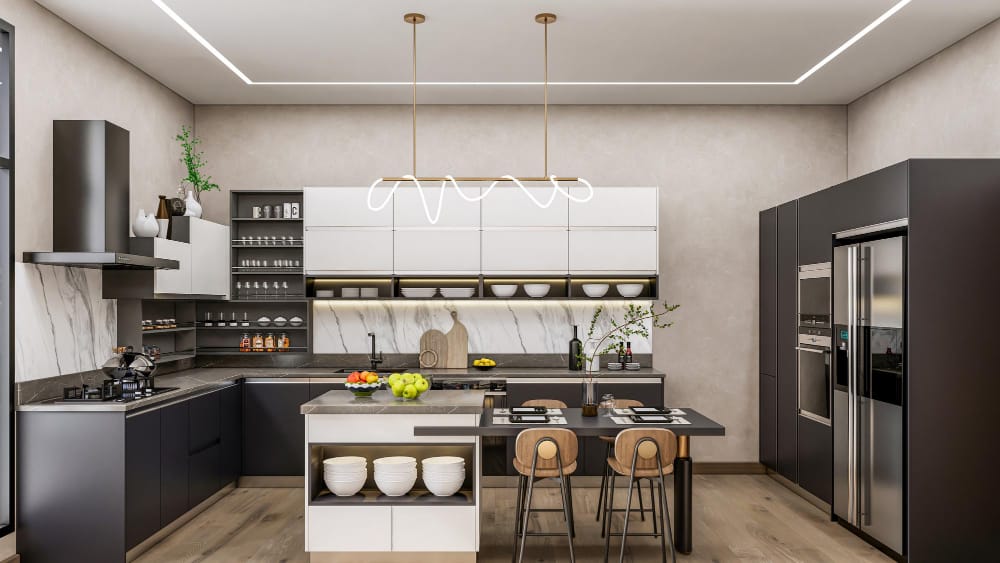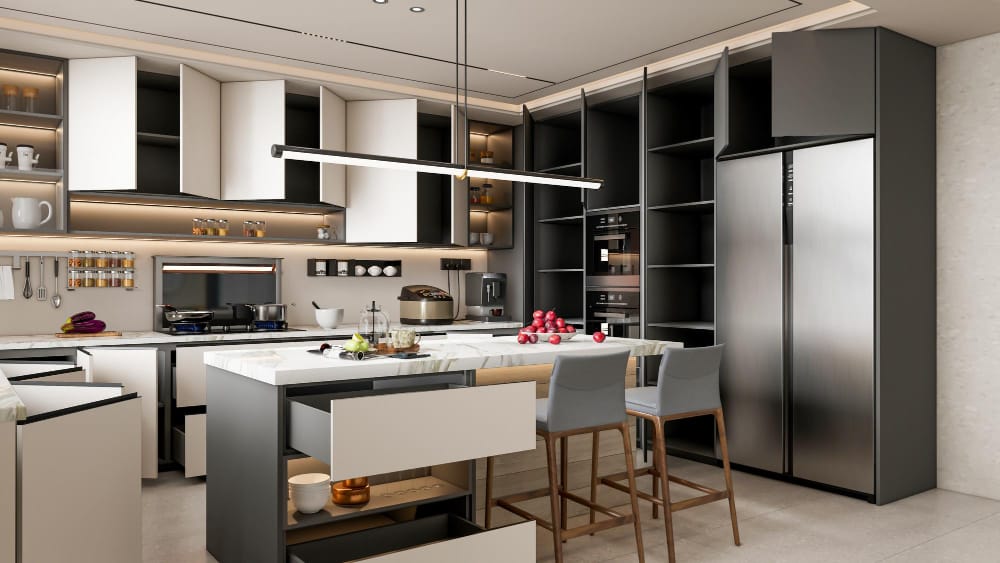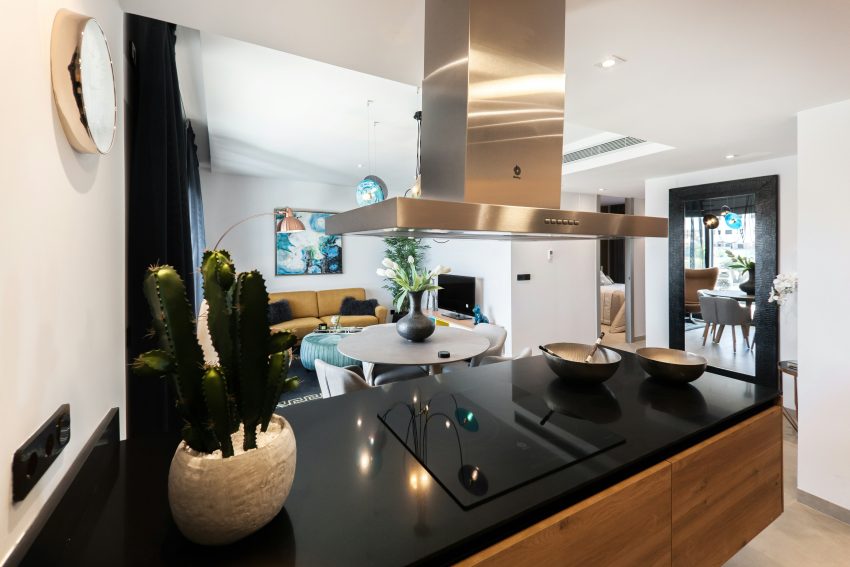Smart technology is revolutionizing how homeowners design, use, and experience their kitchens. But with so many new products on the market, choosing the right combination of features, layouts, and systems can be overwhelming.
This next-generation smart kitchen transformation comparison helps you evaluate which innovations deliver real value — and which are simply nice-to-have extras.
1. Smart Tech Categories: What’s Worth the Investment
| Category | Key Function | Cost Range | Ideal For |
|---|---|---|---|
| Smart Appliances | Connected cooking and cleaning | $3,000–$10,000 | Families and frequent cooks |
| Lighting & Sensors | Automated brightness, presence detection | $800–$2,500 | Open-concept kitchens |
| Integrated Countertops | Wireless charging, induction zones | $3,000–$7,000 | Minimalist, modern spaces |
| Voice Control & Automation | Hands-free operation | $200–$1,000 | Busy households |
| Smart Plumbing Fixtures | Touchless or app-controlled water flow | $400–$1,200 | Hygiene-focused users |
Quick Insight: Smart tech doesn’t need to be installed all at once. Start with core appliances, then expand as your needs grow.
2. Comparing Layouts for Smart Functionality
Smart kitchens are all about flow — how people move, cook, and connect.
| Layout Type | Description | Tech Compatibility | Estimated Cost (Remodel) |
|---|---|---|---|
| Galley | Linear workspace, efficient for small kitchens | Moderate | $15,000–$25,000 |
| L-Shaped | Open design, easy appliance access | High | $20,000–$35,000 |
| U-Shaped | Surround layout with ample storage | High | $25,000–$40,000 |
| Island-Centric | Social and functional centerpiece | Very High | $30,000–$50,000 |
Pro Tip: Integrate smart outlets and lighting along the kitchen island — it often becomes the “command center” for connected devices.


3. Appliance Showdown: Function Meets Design
Smart Ovens vs. Traditional Gas Ranges
Smart Oven: Wi-Fi enabled, pre-programs temperature, sends alerts.
Traditional Range: Manual operation, reliable, but limited control.
Verdict: Smart ovens win for convenience and precision cooking.
Smart Refrigerators vs. Standard Stainless Steel
Smart Refrigerator: Tracks inventory, suggests recipes, shows energy use.
Standard: Reliable cooling but no integration features.
Verdict: Great ROI for families who meal-plan or shop online.
Voice-Control Faucets vs. Touchless Only
Voice-Control: Integrates with Alexa/Google for exact measurements.
Touchless: Easier install, lower cost.
Verdict: Voice control offers next-level precision — ideal for bakers.
4. Cost Breakdown: Building a Smart Kitchen
| Remodel Level | Smart Features Included | Estimated Budget | ROI |
|---|---|---|---|
| Entry Level | Smart lighting, faucet | $10,000–$20,000 | 65–75% |
| Mid-Range | Appliances + automation | $25,000–$40,000 | 75–85% |
| High-End | Full integration, luxury finishes | $50,000–$80,000+ | 85–90% |
High-end remodels with premium kitchen design improvements see the strongest returns — both in daily use and resale value.
5. Design Priorities: Flow, Form, Function
Smart doesn’t mean sterile — it means strategic.
Keep open sightlines for easy monitoring of appliances and displays.
Plan storage zones for cords, tablets, and chargers.
Use under-cabinet lighting synced to activity sensors.
The right layout makes technology feel effortless and organic, not forced.
6. Homeowner Insights
Recent surveys show:
82% of homeowners feel smart kitchens make their homes more energy-efficient.
71% say connected appliances improved meal prep organization.
63% report that family time in the kitchen has increased since upgrading.
Technology, when used well, enhances both functionality and lifestyle.
Builder’s Notes
A successful smart kitchen remodel is about harmony — design, technology, and human interaction working together.
👉 Start with essentials, invest in quality systems, and ensure your layout supports both style and connection. The future of kitchen design is intelligent, elegant, and intuitive.

